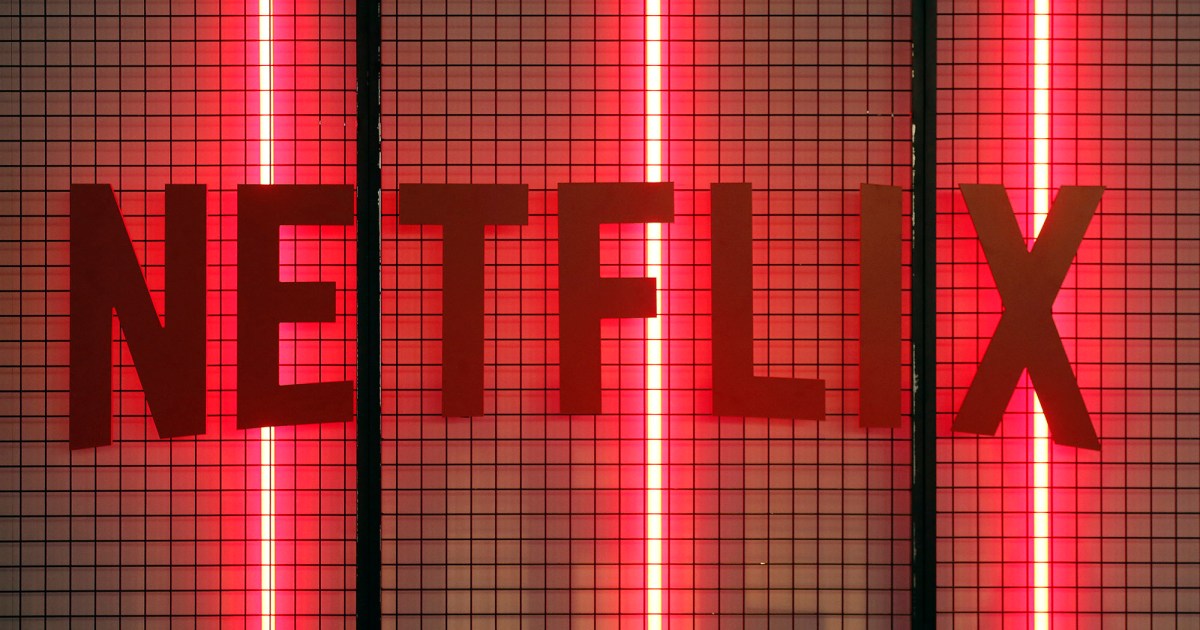Netflix’s decision to crack down on password sharing is reaping rewards.
The video-streaming giant announced on Wednesday that it added 5.9 million paying accounts during the quarter ending June 30, taking its global subscriber base to just over 238 million members.
The news confirms data from a research firm last month that showed the move against account sharing was having a positive effect on Netflix’s subscriber numbers.
The boost was larger than expected, too, and follows a period of slow growth following the pandemic. Rising demands on household budgets and increasing competition in the video-streaming sector have been piling on the pressure, but Netflix’s strategic move to take a tougher stance on cases where people share their password with others outside their home looks to have been a smart move as many of those borrowing passwords switch to setting up their own account.
In a letter to shareholders, Netflix said that it began charging a fee for password sharing in more than 100 countries in May. As a result, it said it’s now seeing a “healthy conversion of borrower households into full paying Netflix memberships.”
In other changes announced on Wednesday, Netflix said it’s ditching its ad-free Basic tier in the U.S. and U.K., leaving subscribers with the option of Standard with Ads for $7 a month, Standard for $15.50 a month, and Premium for $20 a month. It did the same in Canada just recently, and will likely make the change in additional markets before too long. For full details on features and pricing for each tier, Digital Trends has you covered.
Addressing the current strike by actors and writers, which has brought U.S. movie and TV productions to a halt, Netflix CEO Ted Sarandos said: “This strike is not an outcome that we wanted,” adding that his business is looking to reach an “equitable” agreement to resolve the issue.
Netflix reported second-quarter revenue of $8.19 billion, marking a year-on-year increase of 3% from $7.97 billion. Net income reached $1.49 billion, up from $1.44 billion a year earlier.
Editors’ Recommendations

